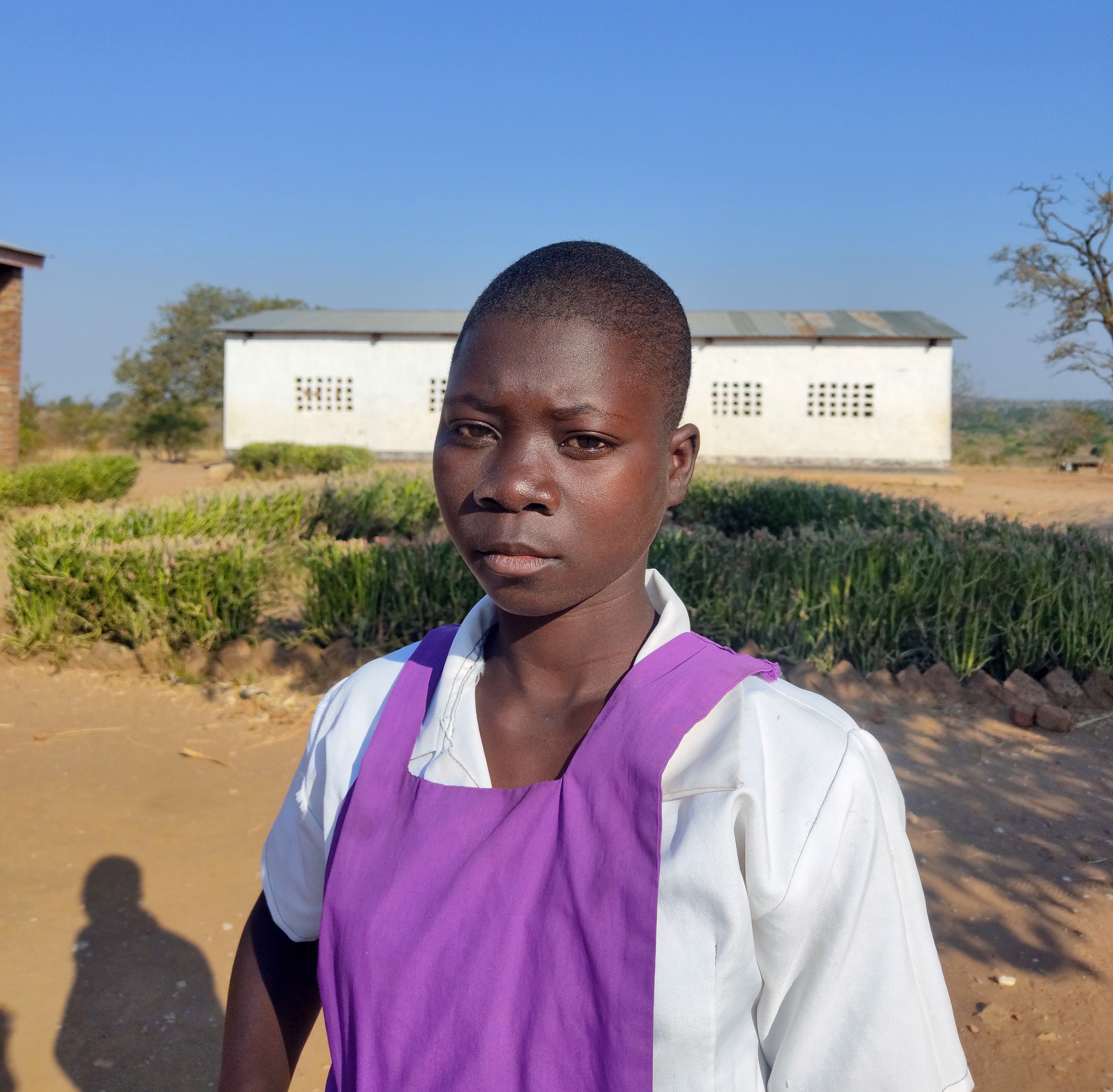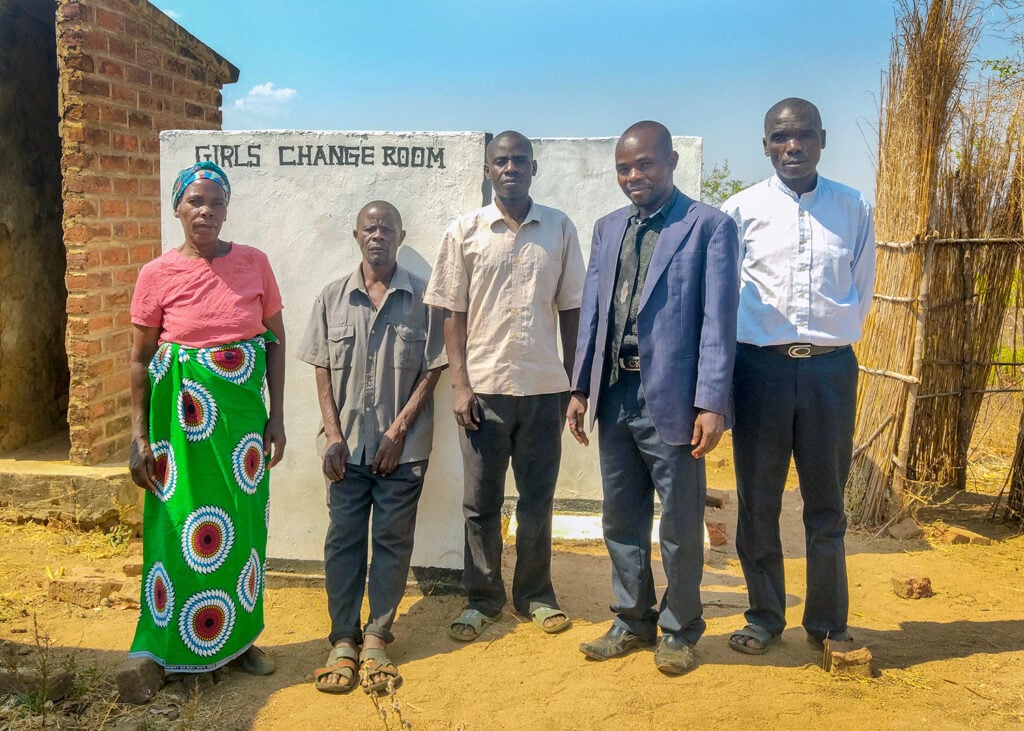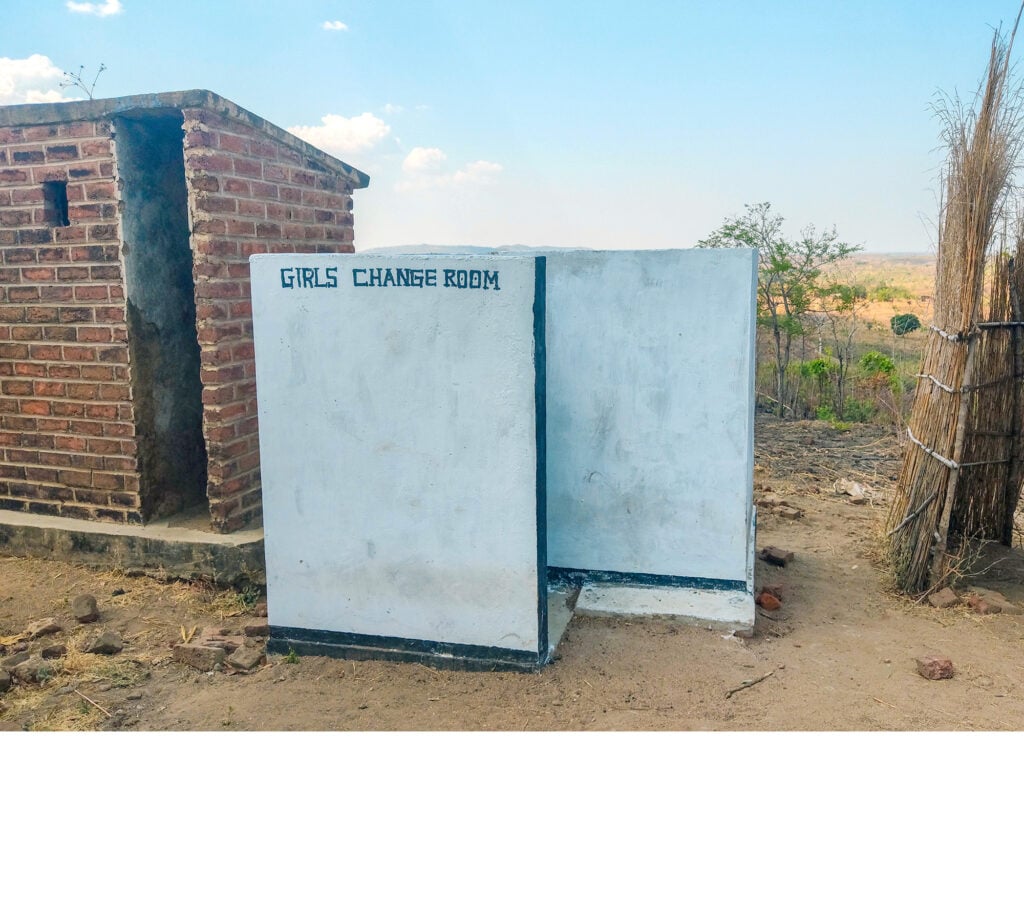
Travis Stonken, GAYO
Malawi Sees Record Parity of Girls Sitting for Junior High Exams
After decades of gender disparity in education, Malawi is reaching a milestone for gender equality in education. Education Out Loud grantees Girls Activists Youth Organisation and Civil Society Education Coalition have led a nationwide push for increased budgets and gender equity at every level of the education system.
In a historic first, more girls than boys sat for the Junior Certificate of Education (JCE) exams in Malawi in 2024, a breakthrough that signals a major shift in the country’s approach to girls’ education.
“This is a monumental achievement for Malawi. For years, girls in rural areas have faced insurmountable barriers to education. The increased budget, coupled with the improvements in infrastructure, has given them the chance to pursue their dreams and succeed,” says Richard Batch, Executive Director, Girls Activist Youth Organization (GAYO).
Statistics published by Malawi News Agency in 2024 showed that out of 163,950 candidates registered for 2024 JCE examinations across the country of which 84,226 were females and 79,724 were males. According to the News Agency this achievement is the direct result of significant investments in education, particularly in efforts to improve facilities and address the unique challenges girls face in accessing education.
Infrastructure Boost: The Importance of Washrooms



The positive development follows a landmark change in Malawi’s national budget allocation to education, which saw an unprecedented increase from 17% to 31% in March 2022. This surge in funding rising as a share of the national budget was strongly advocated by Education Out Loud grantee GEAR Alliance (Girls Education Advocacy in the Region), spearheaded by the Girls Activist Youth Organization (GAYO) and supported by the Civil Society Education Coalition (CSEC).
Together they pushed the government to recognize the urgent need to prioritize education. At the heart of these efforts was a call for better infrastructure, improved learning environments, and, crucially, the need to accommodate the specific needs of girls. One of the most significant ways the increased education budget has supported girls’ education is through the construction of adequate washrooms in schools.
According to Richard Batch, the lack of proper sanitation facilities had long been a major barrier to girls staying in school, especially after reaching puberty. Without access to private, clean washrooms, many girls were forced to drop out or miss school during their menstruation.
“The new washrooms have made a huge difference for us. Before, we would often miss school during our periods because we didn’t have anywhere to go. Now, we feel more comfortable, and we can focus on our studies,” confirms Melifa who is a primary school student, at Mtidza Primary School.
A Transformative Partnership
According to Kisa Kumwenda, Programme Manager at CSEC and part of the Malawi National Girls Education Network, the success of this transformation is a direct result of collaboration between various stakeholders, including the Ministry of Education, civil society organisations and community leaders.
“Together, we have ensured that girls’ education is no longer an afterthought but a priority in Malawi’s national development agenda,” he says.
The result is a more supportive and inclusive education environment, particularly for girls in rural areas who previously had limited access to school facilities and resources.
“This is a moment to celebrate, but it’s also a call to continue working. With the right partnerships and sustained investments, we can continue to break down the barriers girls face in education,” Kisa Kumwenda adds.
Facts
- GEAR is an alliance of four organisations from Zimbabwe (SAYWHAT and FACET) Malawi ( GAYO) and Zambia ( NAQEZ) uniting to address the challenge of limited access to primary and secondary education for girls and young women in rural and farming communities of Malawi, Zambia and Zimbabwe.
- Through community-driven research, development initiatives, and advocacy using ICT and citizen participation, GEAR empowers girls to engage in decisions that affect their education and future
- Read more www.saywhat.org.zw/gear
and www.gayomalawi.org
- GEAR is spearheaded by Students and Youth Working on reproductive Health Action Team (SAYWHAT). In Malawi, the Alliance is represented by Girls Activist Youth Organization (GAYO) who works to offer a conducive environment on girl’s rights or related issues through research, development, entrepreneurship, citizen participation, ICT and other.
- Through the GEAR alliance and together with organisations like CSEC and FAWEMA, GAYO led a powerful advocacy campaign that contributed to a significant increase in the national education budget from 17% in 2021 to 31% in 2022 and secured a K29.8 billion investment in primary and secondary education in 2023.
This blog is curated by Education Out Loud, but the views expressed are those of the authors alone.
